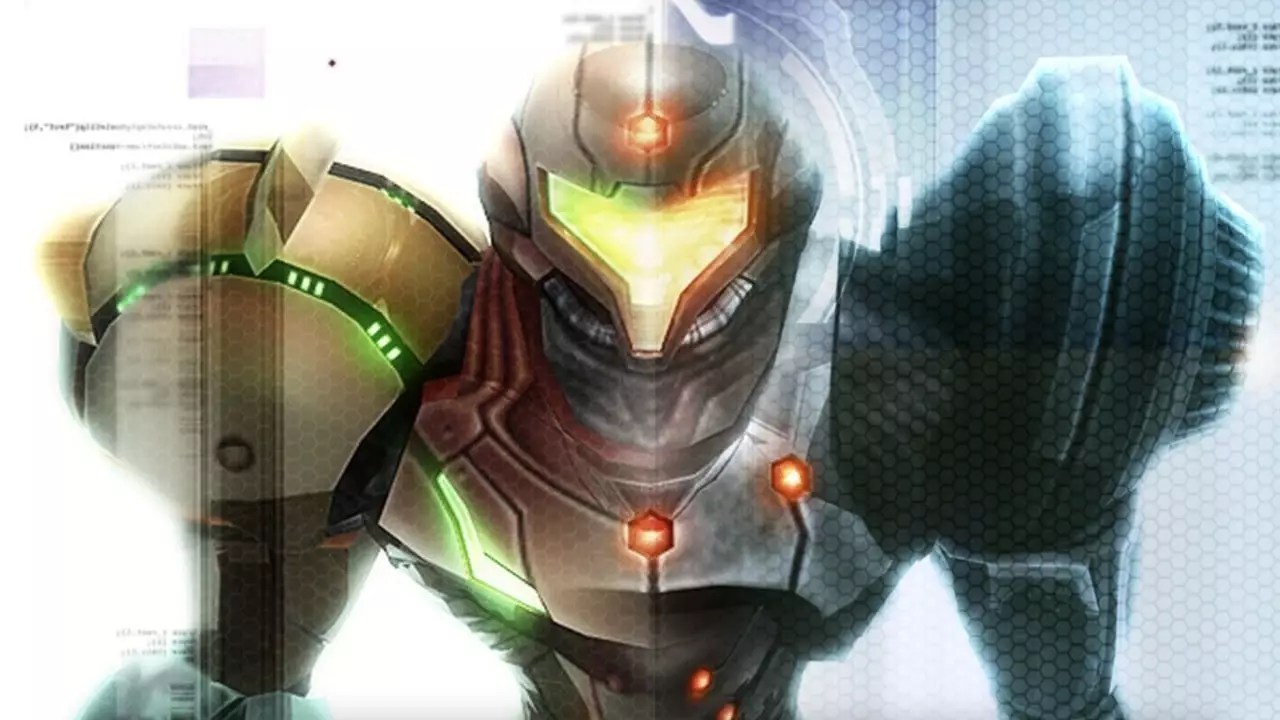Creating a sequel to a beloved game is a precarious endeavor, and when it comes to Metroid Prime, a series that had already redefined the action-adventure genre, the stakes were even higher. Retro Studios faced a monumental challenge in crafting Metroid Prime 2: Echoes. While the original Prime was groundbreaking within the realm of 3D gaming, managing to successfully transition a 2D platformer into a first-person experience, expectations for Echoes were stratospherically high. Many anticipated a game that could rival, or even surpass, its predecessor. Unfortunately, despite its innovative mechanics and engrossing storylines, Echoes is often considered the black sheep of the Prime franchise—a label that seems undeserving when you truly reflect on the game’s contributions.
At the heart of Echoes lies a striking gameplay feature: the introduction of parallel worlds, specifically Aether and Dark Aether. This dual-world dynamic fundamentally transforms the gameplay experience, adding layers of depth to exploration and environmental storytelling. Players must navigate a treacherous landscape laden with a toxic atmosphere that physically injures Samus, encouraging continuous movement rather than the methodical pace established in previous titles. Instead of leisurely discovering the environment, players find themselves engaging in a more frantic, immersive rush to stay alive.
The mechanics of ‘safety bubbles’ amplify this urgency, where players must strategically hop between these temporary safe zones— a concept that showcases a daring divergence from traditional video game norms. While critics may argue that this mechanic detracts from the enjoyment by creating an artificial sense of limitation, it further emphasizes the feelings of vulnerability and anxiety that permeate Dark Aether. In a landscape dominated by creepy warriors like the Invisible Ing, these feelings are magnified, making each moment filled with tension and excitement.
Narrative Depth and World Design
In terms of narrative, Metroid Prime 2: Echoes does not falter. The game explores themes of isolation and duality, weaving an intricate story that captivates players on multiple levels. Much like a well-crafted novel, the atmospheric narrative compels players to piece together fragments of history and lore through exploration, making the journey as engaging as the destination. The two worlds are not simply visually distinct; they are laden with lore and backstory, which enriches the overall narrative experience. The juxtaposition of Aether’s relatively serene environment against Dark Aether’s ominous landscapes serves not only to differentiate the two settings but also to provide a deeper understanding of the game’s underlying story.
However, one could argue that Echoes fell short in delivering the rich, diverse biomes that would become a hallmark of the franchise. Phendrana Drifts from the original Prime is often celebrated for its engaging environment, serving as a high bar that Echoes had to clear. Despite this, the more claustrophobic and desolate feel of Dark Aether presents a unique quality to the game that some fans appreciate, even if it remains less popular among the wider gaming community.
Despite its shortcomings compared to its predecessor, Metroid Prime 2: Echoes is a fascinating entry in the franchise that deserves reevaluation. Over the years, the game has gained a following, especially among dedicated Metroid fans who recognize its innovations. Its reputation may have suffered due to perceived frustrations with certain game mechanics, such as the infamous Spider Guardian boss, but this has not overshadowed its achievements in gameplay innovation and storytelling.
The game stands as a testament to Retro Studios’ risk-taking spirit, showcasing a willingness to experiment with new ideas that could resonate with players. While modern titles in the franchise occasionally stick to tried-and-true formulas, the daring leap taken in Echoes should be celebrated rather than criticized. Its dual-world mechanic set a precedent for future explorations in game design.
As time marches on, it’s vital for gamers both old and new to revisit Metroid Prime 2: Echoes and appreciate its intricacies and contributions to the franchise. With Nintendo’s ongoing passion for reviving past titles, one can only hope that Echoes also finds its way into the spotlight alongside its more acclaimed predecessors. The game is not just a follow-up but a bold statement in the evolution of the series—one that deserves to stand proudly next to the best in the Metroid canon.


Leave a Reply